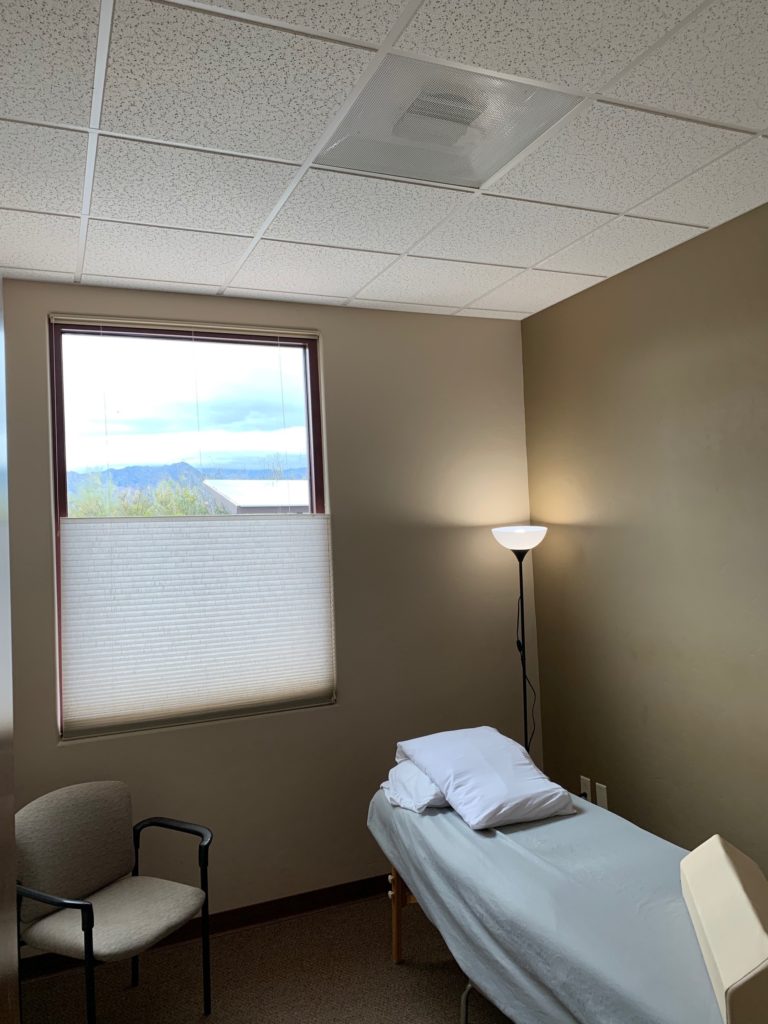The State of Babies Yearbook: 2020 compares national and state-by-state data on the well-being of infants and toddlers, released on Thursday by Zero to Three, it reflects a wide array of data. Overall, Arizona received a “G” = “Getting Started”
Click below to view the Arizona 2019 profile:
State of Arizona Babies State of Arizona Babies
Where children are born can affect their chances for a strong start in life. Babies need Good Health, Strong Families, and Positive Early Learning Experiences to foster their healthy brain development and help them realize their full potential.
- This information is copied from the Mon 6/15/2020 United Way of Southern Arizona – Pima Early Education Update Newsletter





